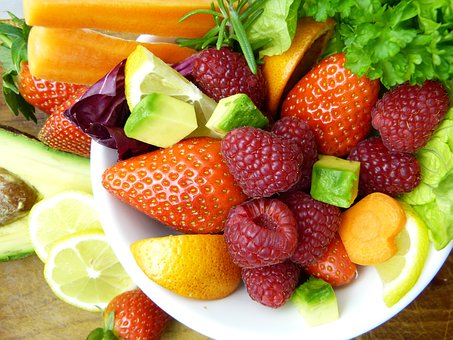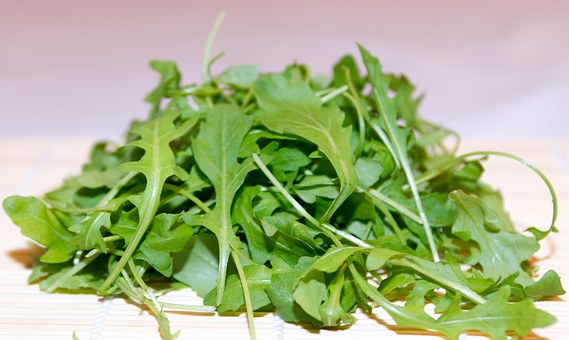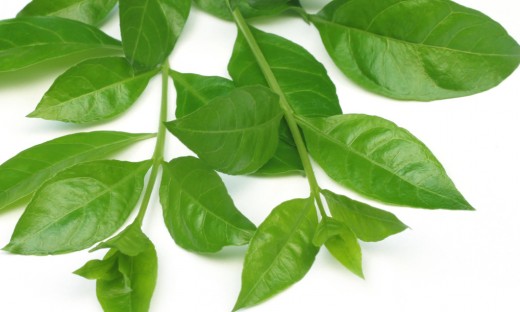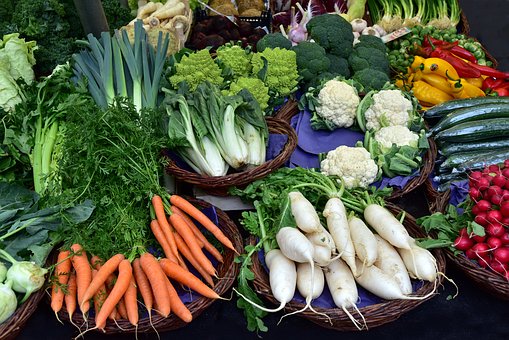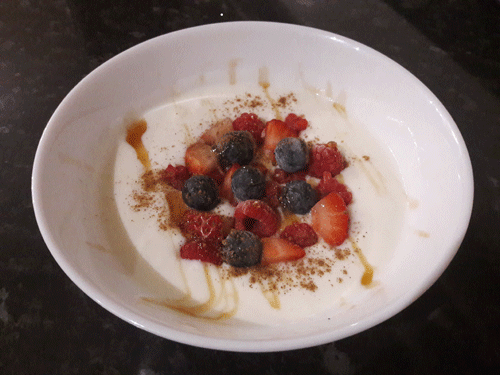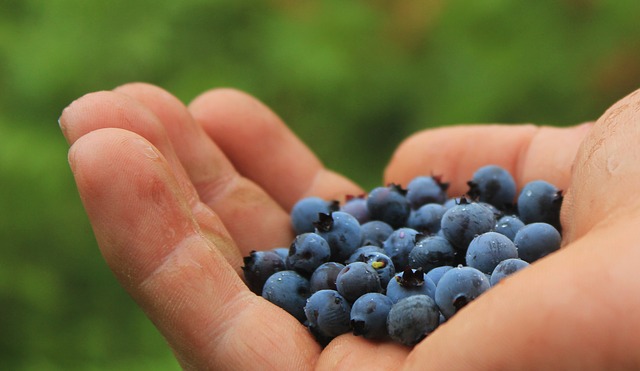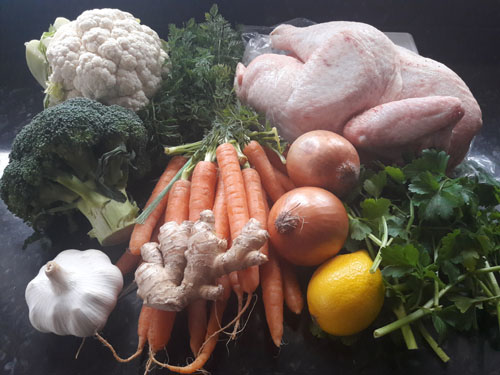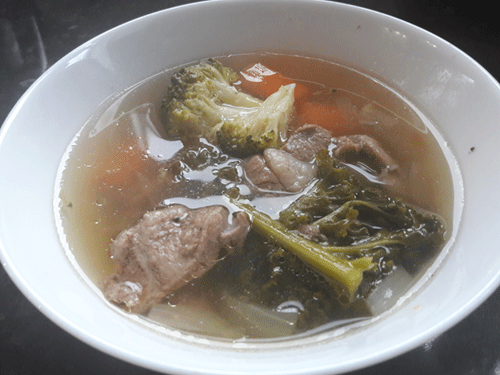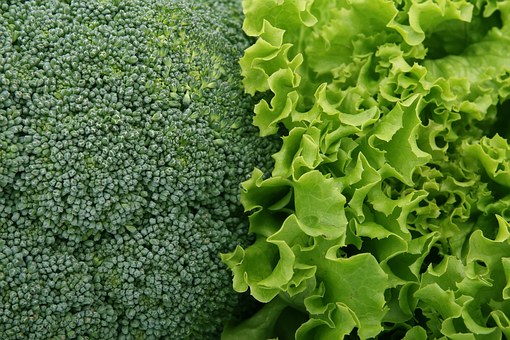Phytochemical and Biological Investigation of the Extracts of Nigella Sativa L. Seed Waste
© Authored by PubMed
© HealthyMuslim. See Terms and Conditions
Copy Link
Email
Print

Michel CG, El-Sayed NS, Moustafa SF, Ezzat SM, Nesseem DI, El-Alfy TS. Phytochemical and biological investigation of the extracts of nigella sativa L. seed waste. 1. Drug Test Anal. 2011 Apr;3(4):245-54. doi: 10.1002/dta.225. Epub 2011 Feb 9.
Different extracts of nigella sativa L. seed waste; aqueous (AE) 200 mg/kg, ethanol 70% (EE) 250 mg/kg and hexane (HE) 10 mg/kg, were evaluated for their hepatoprotective activities. They were administered orally, once daily, for 5 consecutive days. On day 5, liver injury was induced in animals by a single i.p. injection of carbon tetrachloride (10 mg/kg b. w. of 0.25% (v/v). Hepatoxicity produced, was evaluated by both biochemical and histopathological investigations. The aqueous extract attenuated the CCl(4) -induced liver damage likely due to the decrease of proinflammatory cytokines and T-cell proliferation. This was noticed by a significant decrease in both serum and tissue cytokines; tumor necrosis factor-alpha (TNF-?), interferon-gamma (INF-?) and interlukin-beta (IL-1?), in the markers of liver functions; bilirubin and glutamic pyruvic transaminase (GPT) and in the oxidative stress markers; malondialdehyde (MDA) and glutathione content (GSH). Fractionation of this extract was performed and its component, protein, saponin, and polyphenol fractions were evaluated by appropriate analytical procedures. The crude protein of the seed waste reached 36.85% while protein fingerprint showed four bands ranging from 91.97 KD and 29.00 KD. The saponin content was evaluated through the determination of the haemolytic index and reached 15.56 mg/g dry powder. Finally, Folin Ciocalteu method was used for the determination of the total polyphenols. The same biochemical and histopathological studies were again performed on the different fractions of the aqueous extract; protein fraction (PF) 10 mg/kg, saponin fraction (SF) 5 mg/kg and polyphenol fraction (FF) 10 mg/kg. The biochemical changes were improved only by the protein fraction (PF) of the seed waste of nigella sativa. This was manifested by a significant reduction in both serum and tissue cytokines in the liver markers and in the oxidative stress markers. Moreover, liver histopathology showed that (PF) reduced the incidence of liver lesions including hepatic cells cloudy swelling, lymphocytes infiltration, hepatic necrosis and fibrous connective tissue proliferation induced by CCl(4) in mice. From this study, it is concluded that the protein fraction of the aqueous extract of nigella sativa seed waste exhibited a promising hepatoprotective effect in the management of different liver disorders.
Link to this article: Show: HTML Link • Full Link • Short Link
Share or Bookmark this page: You will need to have an account with the selected service in order to post links or bookmark this page.





|
Related Articles:
- Protective Effect of Treatment With Black Cumin Oil on Spatial Cognitive Functions of Rats That Suffered Global Cerebrovascular Hypoperfusion
- Clinical Evaluation of Nigella Sativa Seeds for the Treatment of Hyperlipidemia: a Randomized, Placebo Controlled Clinical Trial
- Study Finds Nigella Sativa (Black Seed) Inhibits Pancreatic Cancer
- Composition of Nigella Sativa (Black Seed)
- Research Summaries on Nigella Sativa (Black Seed) - Part 1
- Black Seed Oil (Nigella Sativa) And Its Disease Preventing Effects
You must be registered and logged in to comment.
Most Popular
Latest Articles
Popular Subjects
Health, fitness and longevity
Based upon the principles of health
in the Qur'an and Prophetic Traditions.
HealthyMuslim.Com
There are two bounties in which
most people lose out: good health
and free time. Al-Bukhari.
The information on this site is provided for educational purposes only. It is not intended as a substitute for professional advice of any kind.





